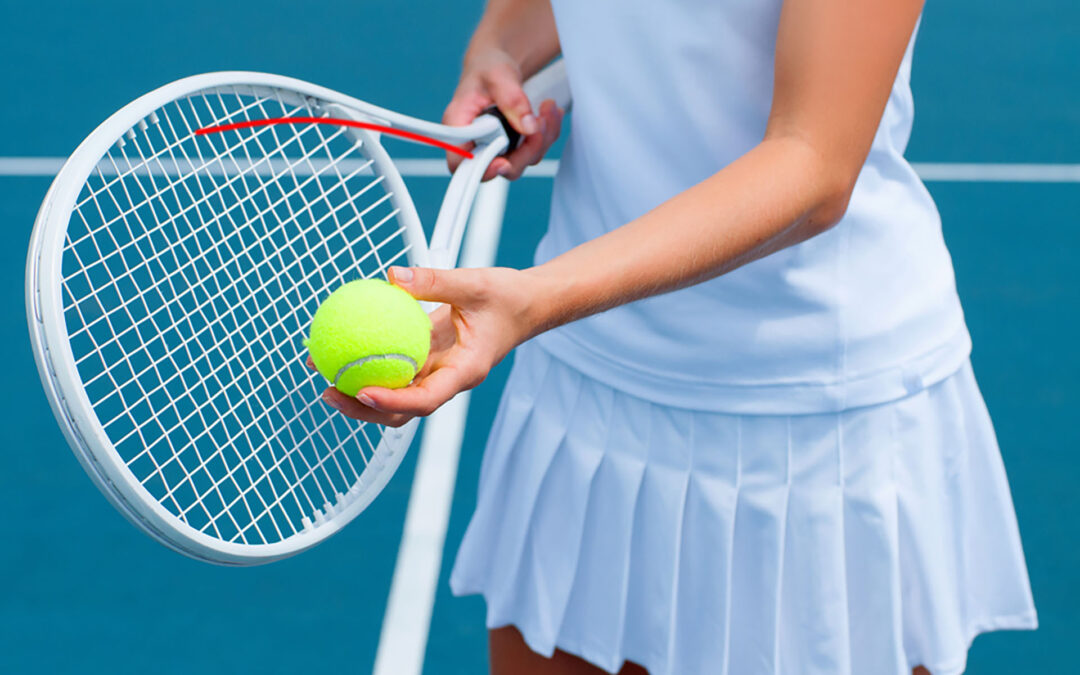Back in 1982, tennis fans came to know of a young Steffi Graf, who – aged 13 – had just won the European Championships. She had actually been playing tennis on clay courts for the previous eight years, her passion for the game being driven by her father. Just one year later, Steffi ranked no. 124 in the WTA ranking.
That’s the starting point of “Steffi Graf. Passione e perfezione”, the book Elena Marinelli dedicated to the silent heroine that marked her life: a poetic biography that narrates the epic of one of the greatest female tennis players of all time, without neglecting the laconic, strict, unfathomable girl she was off the court.
Tennis fans know very well how hard Steffi used to whack the tennis ball, but her path to victory, her sacrifices and her emotions are yet to be deciphered.
As a child, Steffi used to play with Barbie dolls in a rather unusual way, clutching them as if they were tennis rackets, ready to hit invisible tennis balls. When Peter Graf first saw his daughter play that way in a basement, before a net stretching between the pieces of furniture, he immediately realised she had the explosive strength of a boxer.
At that stage, however, she faced a number of risks: she could stress her physique with excess physical exercise, overburdening her skinny legs, or she could become too cocky should her rise to success be far too quick. Hence, Steffi seemed to vanish when she was off the court. Getting through to her was almost impossible. The only means connecting her to the world was her father, who was also her coach, her manager, her best friend. Such self-sacrifice soon yielded the craved results and Steffi climbed the WTA ranking, reaching position no. 6. But at the 1985 U.S. Open, Steffi had to face the undisputed number 1, Martina Navratilova, in the semi-finals. That’s when the crowd saw, for the first time, the shivering Czechoslovak champion collapse under the powerful shots of the young, skinny but overwhelming German player.
But the real Steffi Graf had yet to emerge. Her legend began in 1988, when she won the Grand Slam (Roland Garros, U.S. Open, Australian Open and, above all, Wimbledon) while also winning the Olympic gold medal – a streak of five wins nobody else had achieved or has achieved since. Not even her male colleagues, who finally stopped looking down on her.

Recent Comments